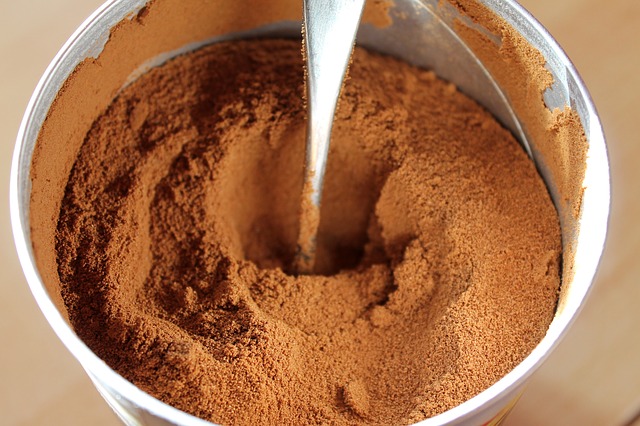Caffeine that comes from freshly ground and brewed coffee beans exits the body in two hours after consumption. The same amount of caffeine in soluble coffee doesn’t leave the body for 10 hours.

For many of us, coffee is not what it used to be. Always on the run, we are tempted to put up with the convenience: insert a coin, and your coffee comes out ready!
Coffee from vending machines contains more chemicals than ground coffee beans. The body is not ready to digest the flood of chemicals, and it has to put in extra effort to succeed. This process affects the liver, the kidneys and the immune system.
Manufacturers of instant coffee were recently requested to display the ingredients in their coffee products. This is how we learned that the popular latte (café latte) contains water, sugar, powdered milk (skimmed milk powder 1.5%, whey powder, lactose), soluble coffee (3.3%) and traces of soy. The same substances are found in macchiato. Cappuccino contains some other ingredients as well, including a thickener (carboxymethylcellulose), which is an ingredient also used in manufacturing paper!
An espresso from the vending machine contains 100 mg caffeine, which is half of the acceptable daily intake for an adult, but vending machines process instant coffee, which is five times more difficult to be eliminated from the body. Those who drink two cups of coffee from the vending machine a day exceed the maximum recommended caffeine intake, and the overdose may lead to the development of kidney stones.
You should consider finding a coffee machine that grinds the beans on the spot, or opt for making your own coffee using ground beans.
